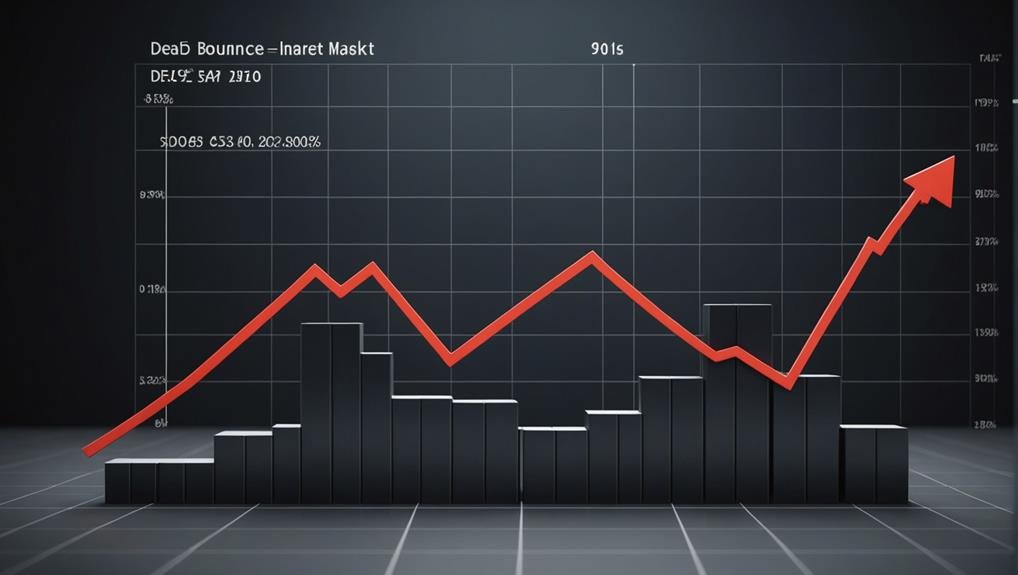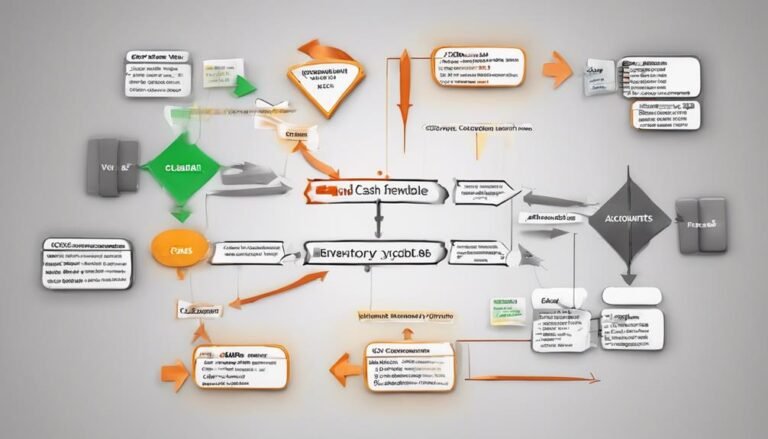Dead Cat Bounce: What It Means in Investing, With Examples
A 'Dead Cat Bounce' in investing is a temporary market recovery following a significant decline, indicating further drops. It is viewed as a bearish continuation pattern, crucial for investors in volatile markets. Notable examples include Cisco Systems' stock during the dot-com bubble burst and the COVID-19 market impact. Techniques for identifying this pattern involve analyzing trading volumes, price trends, and fundamental factors. Challenges include real-time recognition and distinguishing it from a genuine trend reversal. Prioritizing risk management, setting stop-loss orders, and avoiding emotional decisions are essential strategies. Understanding this phenomenon is key for informed investment decisions.
Key Takeaways
- Dead Cat Bounce is a temporary rebound after a market downturn.
- It lacks essential support and can lead to further declines.
- Analyzing patterns and market psychology is crucial.
- Examples include the dot-com bubble burst and COVID-19 impact.
- Identifying warning signs and setting stop-loss orders are important strategies.
Definition and Characteristics
The concept of a Dead Cat Bounce in investing refers to a temporary rebound following a sustained downturn in the market. It is characterized by a brief rally that lacks essential support and is often viewed as a continuation pattern in technical analysis. Analyzing patterns and understanding market psychology play vital roles in identifying this phenomenon.
Investors need to scrutinize trading volumes, previous price trends, and technical analysis indicators to distinguish between a genuine trend reversal and a mere bounce. Market psychology, driven by fear and uncertainty, can amplify the effects of a Dead Cat Bounce, leading to misguided decisions.
Recognizing the warning signs, such as sudden price spikes on lower volumes, is essential for mitigating risks associated with such market movements.
Historical and Recent Examples
Historical and recent market occurrences provide tangible illustrations of the Dead Cat Bounce phenomenon in investing, shedding light on its temporary nature and impact on investor decisions.
- Market Analysis:
- Cisco Systems' stock prices during the dot-com bubble burst.
- COVID-19 market impact as a recent example.
- Investor Psychology:
- Instances of temporary recoveries followed by further declines.
- Challenges in real-time identification.
- Psychological effect on investors.
These examples highlight the importance of thorough market analysis and understanding investor psychology when dealing with Dead Cat Bounce scenarios. Recognizing these patterns can help investors make more informed decisions and manage risks effectively.
Techniques for Identification
Analyzing trading volumes, price trends, and fundamental factors is vital when identifying the Dead Cat Bounce phenomenon in investing. Employing analytical approaches helps in distinguishing between a temporary recovery and a genuine trend reversal.
By scrutinizing trading volumes, investors can assess the strength behind the price movements, determining if the bounce is supported by substantial market participation. Examining previous price trends aids in recognizing patterns that indicate a Dead Cat Bounce scenario.
Additionally, considering fundamental factors such as company performance and economic indicators provides a thorough view of the investment landscape. Nevertheless, timing complexities pose a challenge, as distinguishing between a short-lived recovery and a sustainable uptrend requires astute judgment and a deep understanding of market dynamics.
Warning Signs and Challenges
Identification of warning signs and challenges associated with the Dead Cat Bounce phenomenon in investing demands a keen eye for subtle market cues and a thorough understanding of the complexities involved.
- Challenges in Real-Time Recognition
- Psychological Impact on Investors
- Complexities in Timing Market Movements
- Distinguishing Bounce from Trend Reversal
- No Simple Method to Predict Market Bottoms
Strategies for Dealing With It
When confronted with the challenge of maneuvering through a Dead Cat Bounce scenario in investing, employing effective strategies is essential for prudent risk management and decision-making.
To navigate this volatile situation, prioritizing risk management is vital. Setting stop-loss orders can help limit potential losses during a Dead Cat Bounce.
Additionally, avoiding emotional decisions is paramount as fear or greed can cloud judgment and lead to unfavorable outcomes.
Adopting an investment approach that involves conducting thorough research and diversifying one's portfolio can help mitigate the risks associated with such market phenomena.
Seeking guidance from financial advisors can also provide valuable insights and assist in making informed decisions during uncertain market conditions.
Conclusion
To wrap up, Dead Cat Bounce is a critical phenomenon in investing, often mistaken for a trend reversal.
One statistic to take into account is that 70% of stocks experiencing a Dead Cat Bounce will continue to decline in the long term.
Understanding the characteristics, techniques for identification, and strategies for risk management is essential for investors to navigate market volatility effectively.
By staying informed and vigilant, investors can make more informed decisions and mitigate potential losses in the ever-changing landscape of financial markets.







